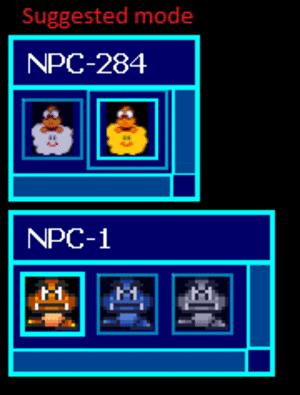
Encouraged by these positive results, we have expanded our project to develop a family of novel, modular robots, designed to be used independently or together to rehabilitate other muscle groups and limb segments. This recovery is most pronounced in the trained muscle groups and limb segments. Through our work with MIT-MANUS, providing task specific training for patients' with moderate to severe hemiparesis, we have gathered convincing evidence (summarized below) that nurture has a significant impact in speeding motor recovery of the paretic shoulder and elbow, and that robot therapy is effective in delivering the necessary exercise.

These efforts directly confront the overwhelming task of reversing the effects of natural injury where lesion size, type and location profoundly determine outcome, and applying controlled conditions in environment and training – nurture – to exploit the ability of the mature nervous system to learn, adapt and change.

Most of the work to date has focused on the fundamental question of whether task specific training affects motor outcome and positively influences brain recovery. This pilot results support the pursuit of further clinical trials to test efficacy and the pursuit of optimal therapy following brain injury. We have now embarked on experiments that test whether we can continue to influence recovery, long after the acute insult, with a novel class of spatial robotic devices. The improved recovery is most pronounced in the trained limb segments. To date several studies demonstrate that in mature and damaged nervous systems, nurture indeed has an effect on nature. Our clinical experiments have focused on a fundamental question of whether task specific robotic training influences brain recovery. Furthermore, it suggested an additional reduction in shoulder-elbow impairment following the anti-gravity training. Pilot results showed also a reduction in shoulder-elbow impairment following planar horizontal training. Consistent with our past experience with persons with chronic strokes, there was a statistically significant reduction in tone measurement from admission to discharge of performance-based planar robot therapy and we have not observed increases in muscle tone or spasticity during the anti-gravity training protocol. Pilot study demonstrated that the protocol was safe and well tolerated with no patient presenting any adverse effect. The 12-week protocol includes three one-hour robot therapy sessions per week (total 36 robot treatment sessions). This training was followed by six-weeks of robotic therapy that focused on performing vertical arm movements against gravity. Patients were trained during the initial six-weeks with the planar module (i.e., performance-based training limited to horizontal movements with gravity compensation). This paper presents basic engineering aspects of a novel robotic module that extends our approach to anti-gravity movements out of the horizontal plane and a pilot study with 10 outpatients. Therefore we are designing a new class of robots to exercise other muscle groups or limb segments. Consistent with motor learning, the positive effects did not generalize to other muscle groups or limb segments. Previous results with the planar robot MIT-MANUS demonstrated positive benefits in trials with over 250 stroke patients.


 0 kommentar(er)
0 kommentar(er)
